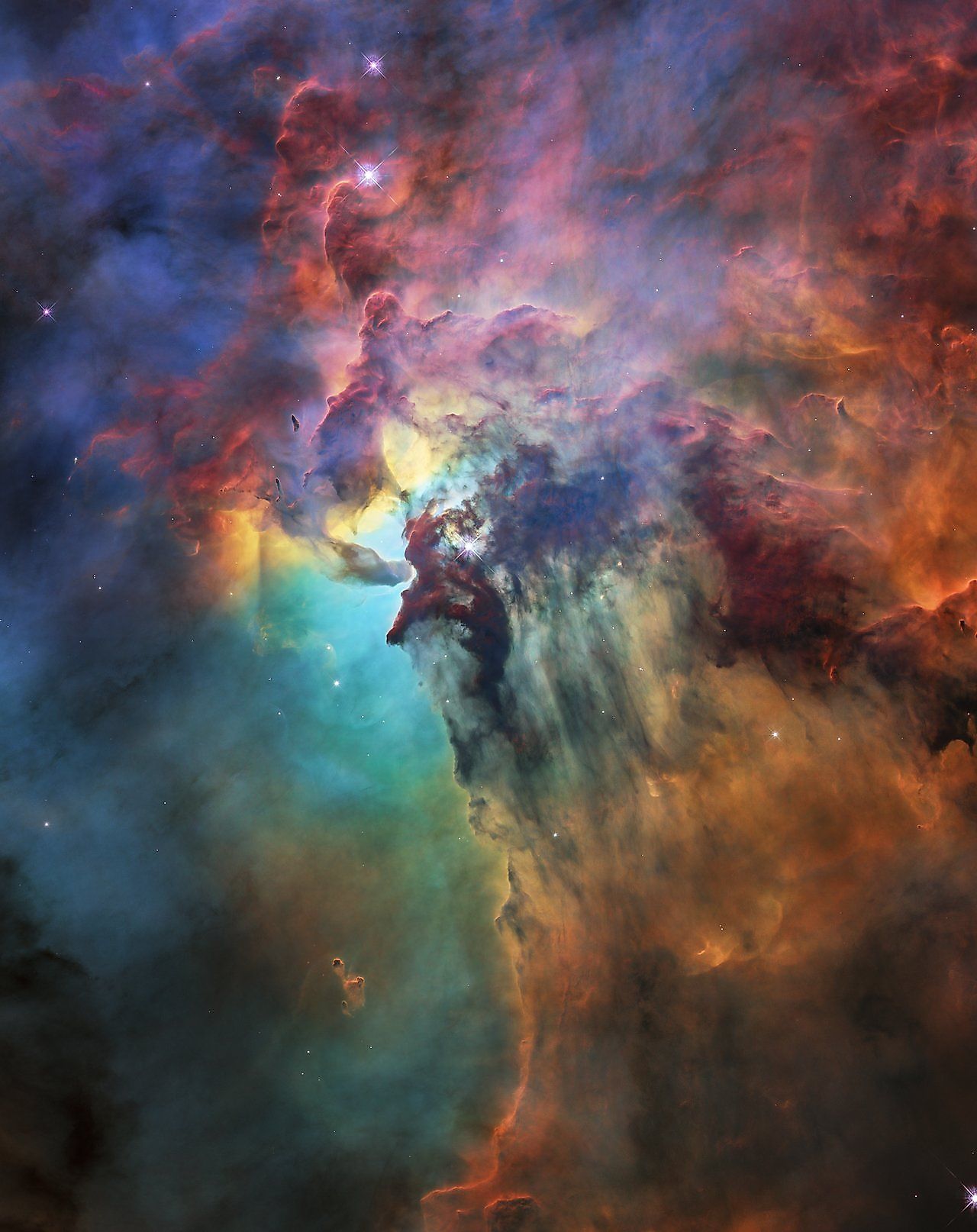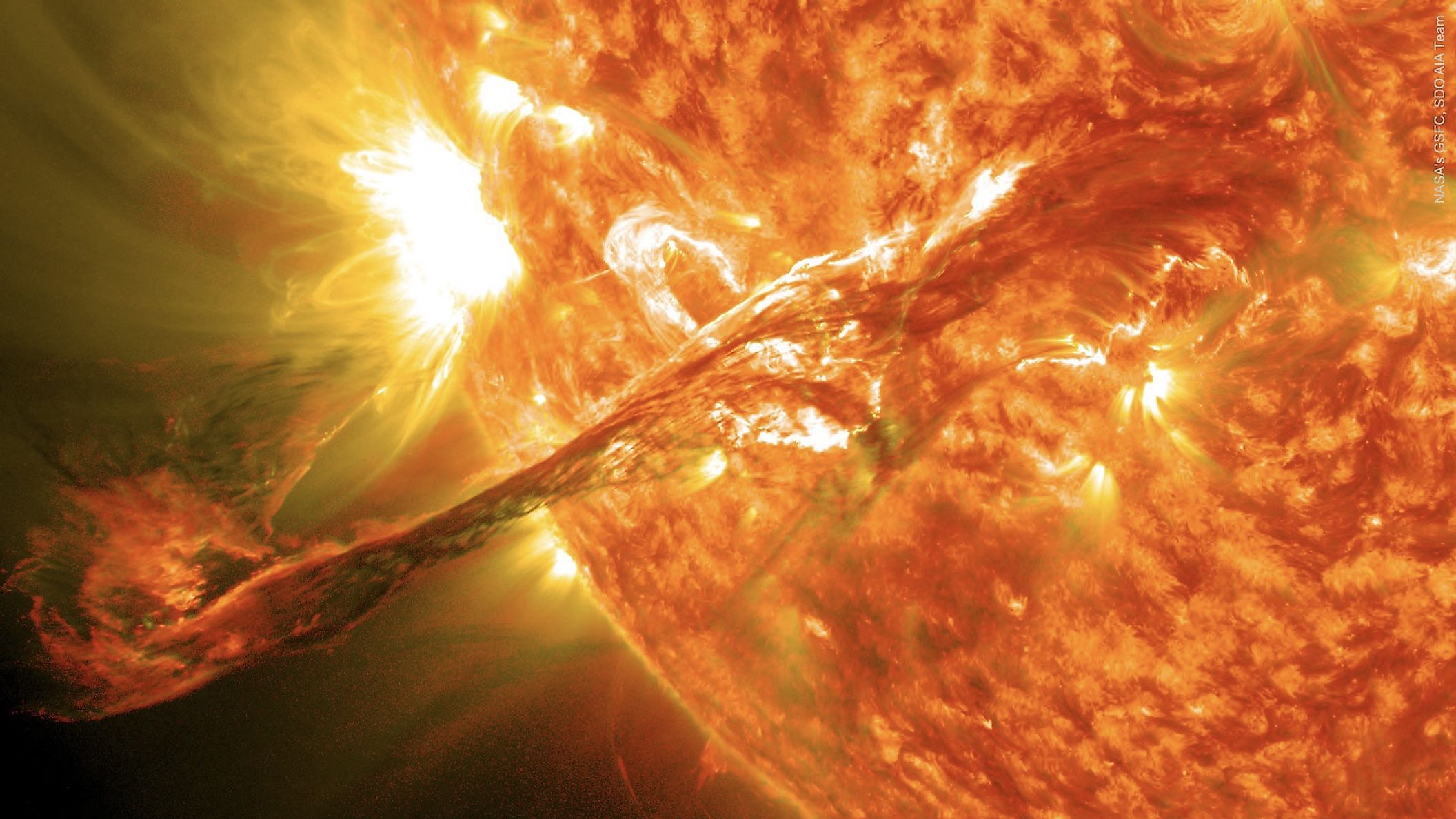
Will The Sun Ever Burn Out?
Everyday the sun shines upon the surface of Earth. The stars may change over time, yet the sun seems to be a constant in Earth’s sky. The sun formed around 4.5-billion years ago, and all the planets formed shortly after. 4.5-billion years is a long time, and astronomers estimate that the sun is only about half-way through its life. In around four to five billion years from now, the sun will enter the final stages of its life.
Finite Hydrogen
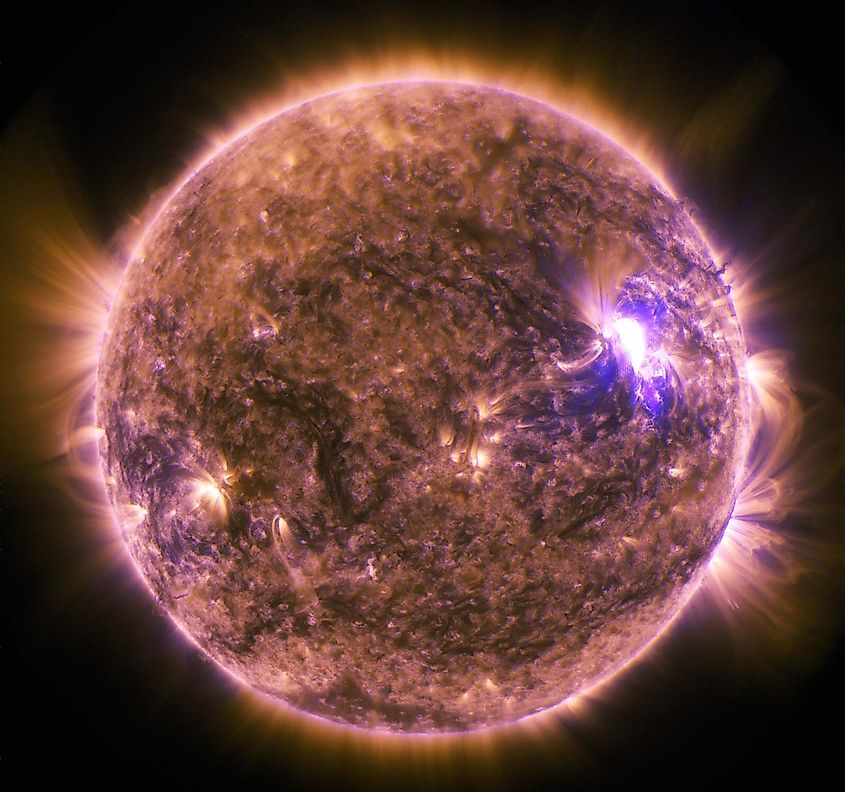
Every star in the universe, including our sun, is powered by the process of nuclear fusion. Temperatures and pressures within the sun’s core are so high that hydrogen nuclei fuse together to form helium nuclei. During the fusion process, however, not all the hydrogen becomes helium. Some of the total mass is lost in the form of energy that flows outwards from the sun’s core. This energy counteracts the gravitational field of the sun, which would otherwise cause the sun to collapse in on itself. These two opposing forces place the sun in a state of equilibrium, allowing the sun to maintain itself for many billions of years.
Although the sun contains a vast amount of hydrogen fuel, it is still only a finite amount. One day, the sun will begin to run out of fuel, and when that happens, the state of equilibrium breaks and gravity begins to take over. The sun’s gravity will begin to overtake the outward flow of nuclear energy and it will begin to collapse. However, as the sun collapses, temperatures and pressures within the core begin to skyrocket. The higher temperatures and pressures will allow the sun to fuse heavier elements together which then generate a tremendous amount of energy. The outward flow of energy will then overtake gravity, counteracting the collapse of the sun and causing it to expand many times beyond its original size. At this point, the sun will become what is known as a red giant star. However, even other elements will start to run out, and the sun will begin to collapse once again, allowing heavier elements that have formed to be fused for energy. The sun will likely go through multiple cycles of expansion and contraction before it completely runs out of fuel.
When Will The Sun Burn Out?
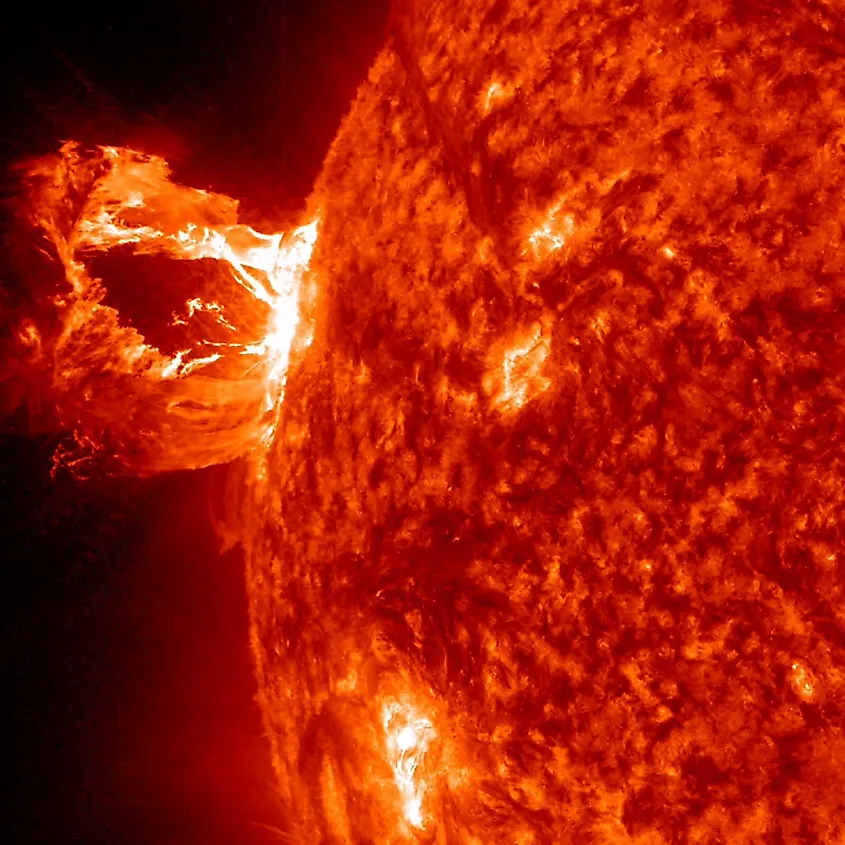
There is a fairly simple process to determine when the sun will enter the final stages of its life. All you have to do is find out how much hydrogen fuel the sun has, and then determine the rate of nuclear fusion in the sun’s core. The sun converts approximately 620-million metric tons of hydrogen into helium every second, and by knowing that number, astronomers estimate that the sun will begin to run out of hydrogen fuel between four and five billion years from now.
Aftermath
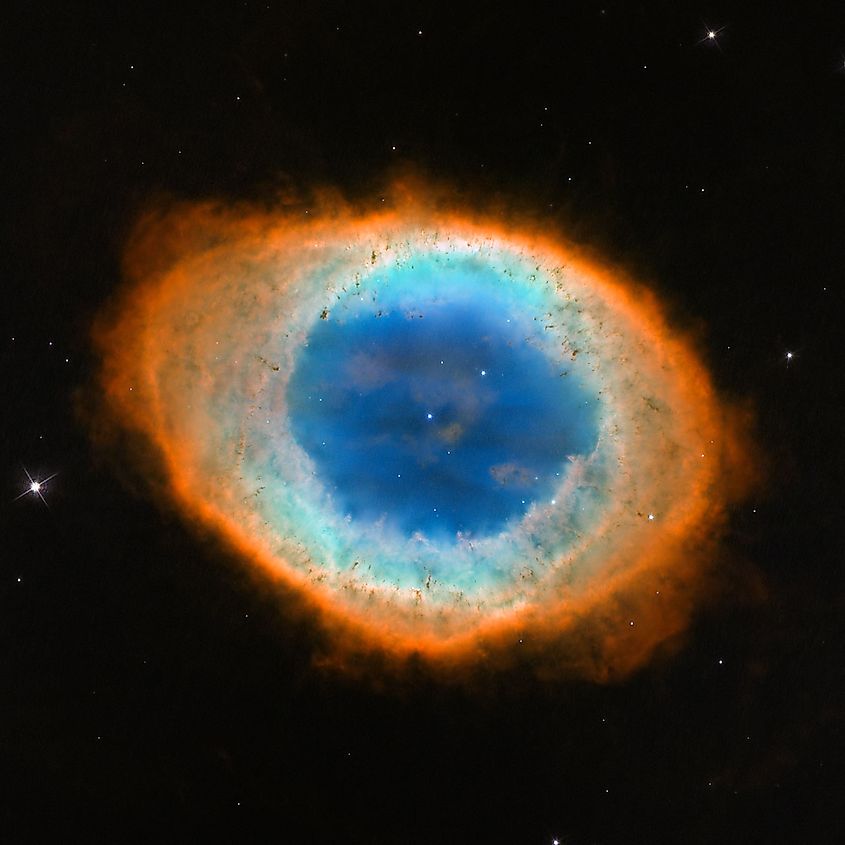
During its red giant phase, the total surface area of the sun will increase by a large amount, yet the mass of the sun will not increase. Thus, the sun’s own gravity will be unable to hold the entire structure together. Over time, the sun will blow off its outer layers into space. The blown off layers will form a shell of stellar material around the sun known as planetary nebula. The core of the sun, however, will collapse under its own gravity and become a super-dense stellar remnant known as a white dwarf. The white dwarf will continue to emit small amounts of light, and any planets that manage to survive the red giant phase will continue to orbit the white dwarf until it burns out hundreds of billions of years from now.
